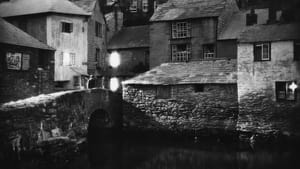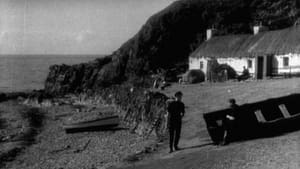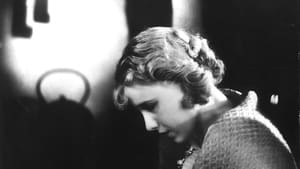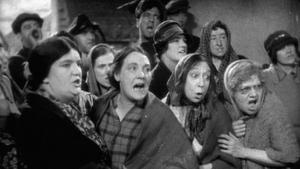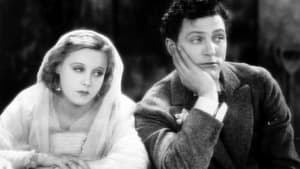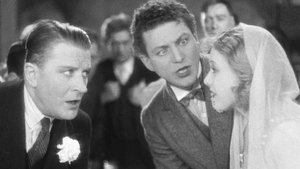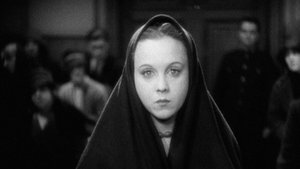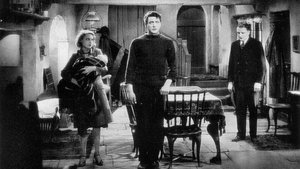A Love Triangle on the Isle of Man: Rediscover The Manxman (1929) Colorized
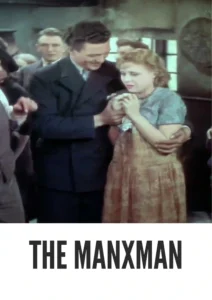
Journey to a remote fishing community and experience the romantic drama of Alfred Hitchcock’s The Manxman (1929), now beautifully colorized for a modern viewing experience. This silent film, starring Anny Ondra, Carl Brisson, and Malcolm Keen, tells the story of two lifelong friends who fall in love with the same woman, leading to difficult choices and tragic consequences . Perfect for classic film enthusiasts and digital collectors, this HD download brings a rediscovered Hitchcock gem to your screen with a fresh, vibrant perspective.
Movie Storyline
The Manxman is set in an unspecified coastal village on the Isle of Man . Pete Quilliam (Carl Brisson), a poor fisherman, and Philip Christian (Malcolm Keen), a well-educated lawyer, have been close friends since childhood . Both men are in love with Kate Cregeen (Anny Ondra), the daughter of an innkeeper . Pete proposes to Kate, but her father disapproves due to Pete’s lack of wealth . Pete decides to go to Africa to make his fortune, asking Philip to look after Kate in his absence .During Pete’s absence, Philip and Kate fall in love and begin an affair . News arrives that Pete has died in Africa, allowing Philip and Kate to plan a future together . However, it turns out that the report was mistaken, and Pete is alive and successful . Pete returns, expecting to marry Kate, while Philip is about to become the Deemster, the island’s chief magistrate . Kate is forced to marry Pete, but she is still in love with Philip .As the weeks pass, Kate discovers she is pregnant. The situation spirals: she leaves Pete, attempts suicide, and is put on trial, with Philip as the presiding judge . Ultimately, Philip admits his failings and gives up his position, and he and Kate leave the island together, facing condemnation from the villagers .
The Cast of The Manxman
- Carl Brisson as Pete Quilliam
- Malcolm Keen as Philip Christian
- Anny Ondra as Kate Cregeen
- Randle Ayrton as Caesar Cregeen
- Clare Greet as Mrs. Cregeen
Genre and Themes
The Manxman is a British silent romance film . It explores themes of love, friendship, social class, morality, and the consequences of defying societal expectations .
Historical Context
Released in 1929, The Manxman was directed by Alfred Hitchcock and based on a novel by Hall Caine . It was Hitchcock’s last fully silent film . The film was shot in Cornwall, standing in for the Isle of Man37.
The Magic of Colorization
This colorized version of The Manxman aims to enhance the visual experience for modern audiences, adding depth and vibrancy to the characters, costumes, and Isle of Man scenery.
Technical Specifications
- Original Release: 1929
- Director: Alfred Hitchcock
- Based on the novel by: Hall Caine
- Writer: Eliot Stannard
- Cinematography: Jack E. Cox18
- Production Company: British International Pictures
- Runtime: Approx. 90-110 minutes
- Language: Silent with English intertitles9
Cast and Crew
- Director: Alfred Hitchcock
- Stars: Carl Brisson, Malcolm Keen, Anny Ondra
- Writer: Eliot Stannard
- Original Music: Stephen Horne (new score for restoration)
Technical Details
- Download Format: MP4
- Resolution: HD (1080p)
- Compatibility: Compatible with all modern devices
- File Size: [Specify file size]
- Audio: Newly composed musical score
FAQs
Q: Is this a digitally remastered version?A: Yes, this edition has been digitally remastered and colorized.
Q: Can I watch this on my phone?A: Yes! The HD format is compatible with smartphones, tablets, and computers.
Q: Are subtitles available?A: Yes, the film includes English intertitles9.
Q: What is the film based on?A: The film is based on the novel The Manxman by Hall Caine .
Q: Why should I download this colorized version?A: This version offers a unique and enhanced way to experience a classic film.
Download The Manxman (1929) Colorized in HD Today!
Add The Manxman to your digital collection today!

